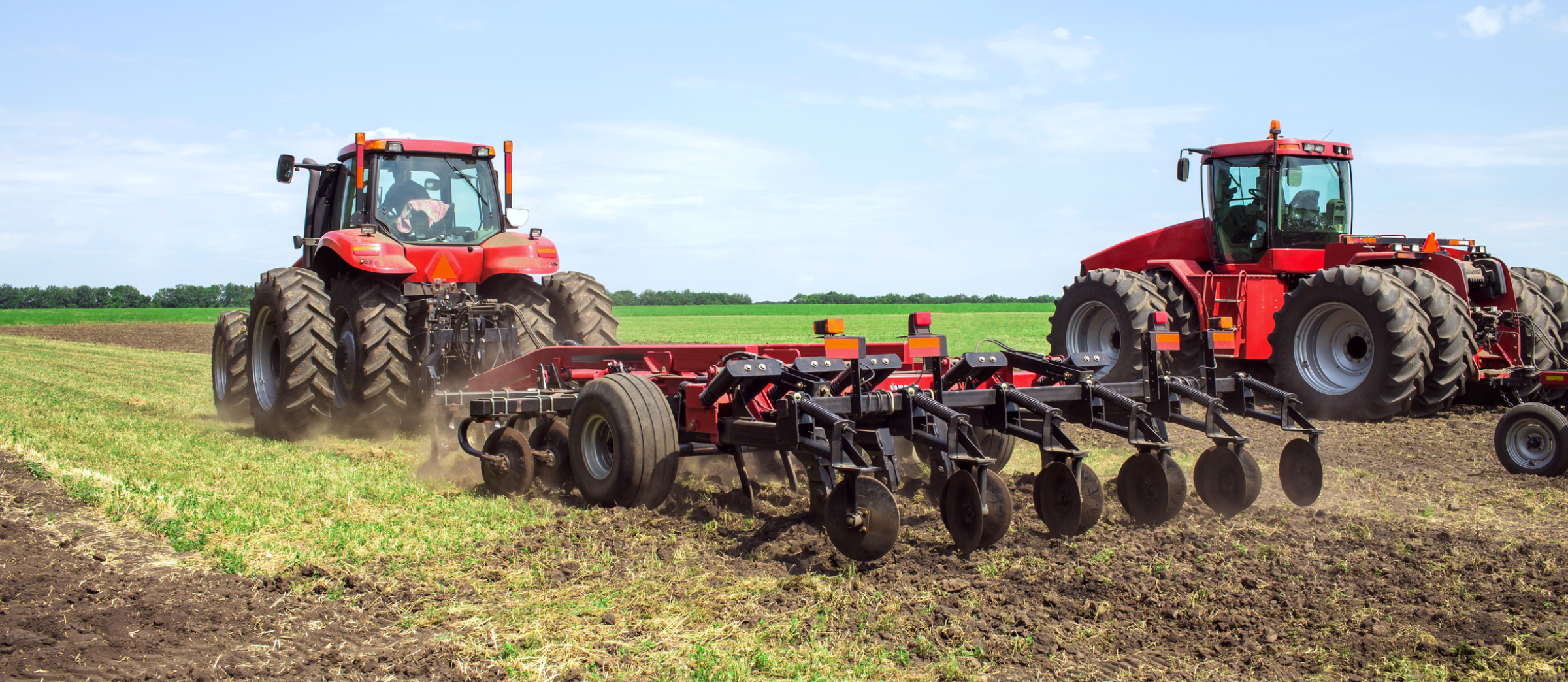Estimating the Economic Depreciation of Farm Assets
Estimating the Economic Depreciation of Farm Assets

Depreciation can often become an overlooked area for a farming operation. Yet, it plays a major role in both taxes and profitability. A possible reason could be that when most people hear depreciation, they jump directly to tax depreciation. Tax depreciation is defined by the IRS and uses IRS guidelines to expense the cost of a capital asset over time. Often, IRS guidelines will set a life (years) over which a capital item must be depreciated. There are also rules, such as IRS Section 179 (Additional First-Year Depreciation), which allows an operation to deduct the entire cost of an asset in the same year it was purchased. This will enable an operation to deduct farm assets in order to reduce before-tax income. Decisions about appropriate depreciation methods should be discussed with a tax professional.
Although tax depreciation is a useful tool for before-tax income, it does not accurately reflect the "real" annual loss of the asset from use, wear and tear, or technical obsolescence. If tax depreciation is used for financial statements (e.g. income statements), farm performance measurements, including profitability, will be inaccurate. Instead, economic depreciation should be used for farm financial statements and is the focus of this publication.
Author(s) Contact Information:
Robert Ellis | robert.ellis@uky.edu
Management & Finance
